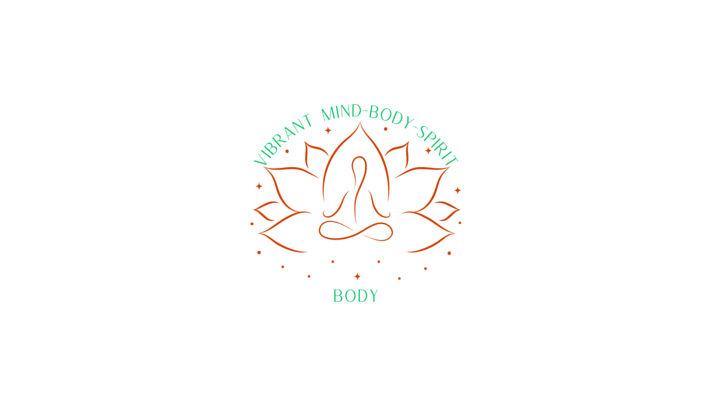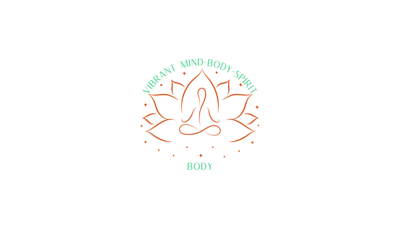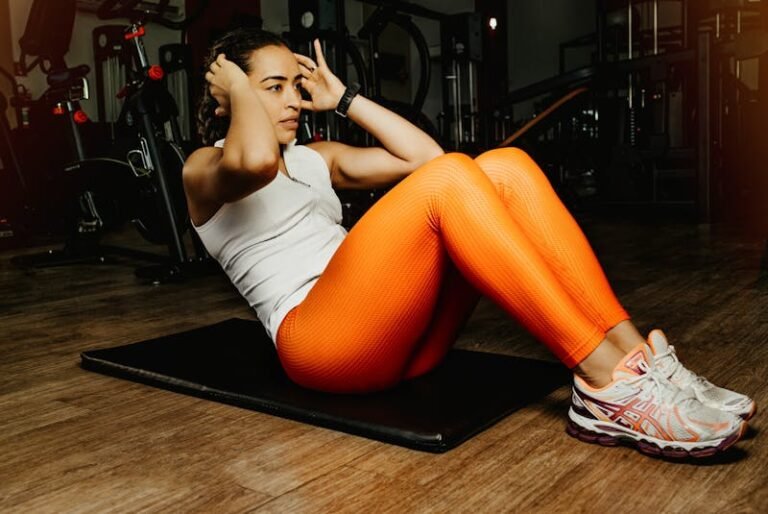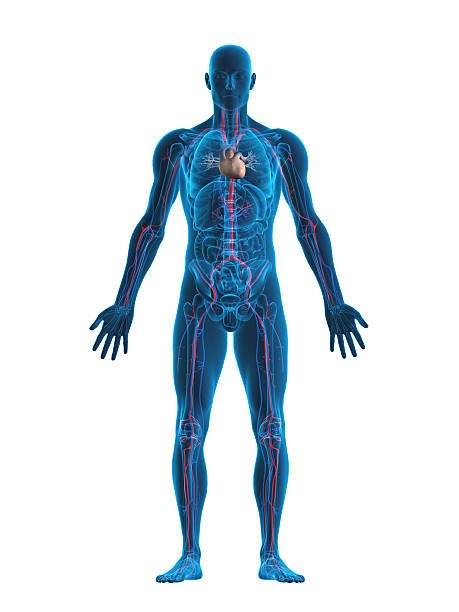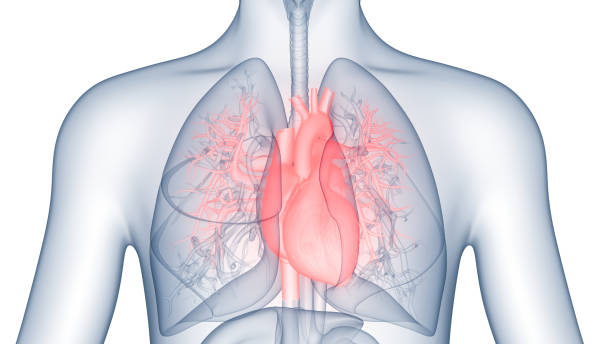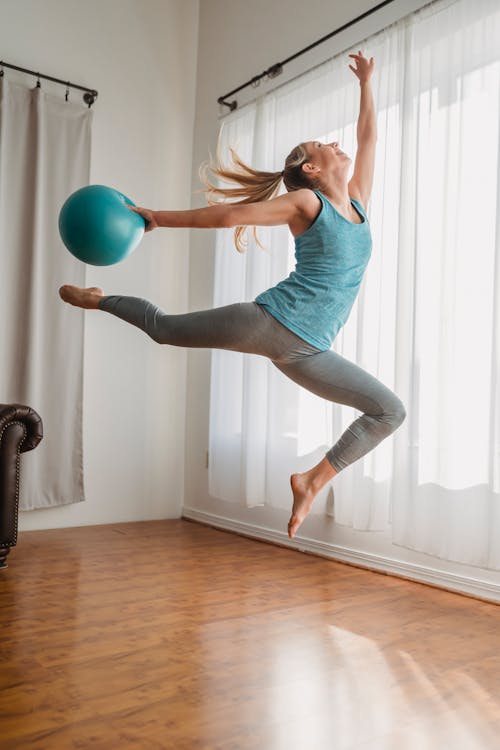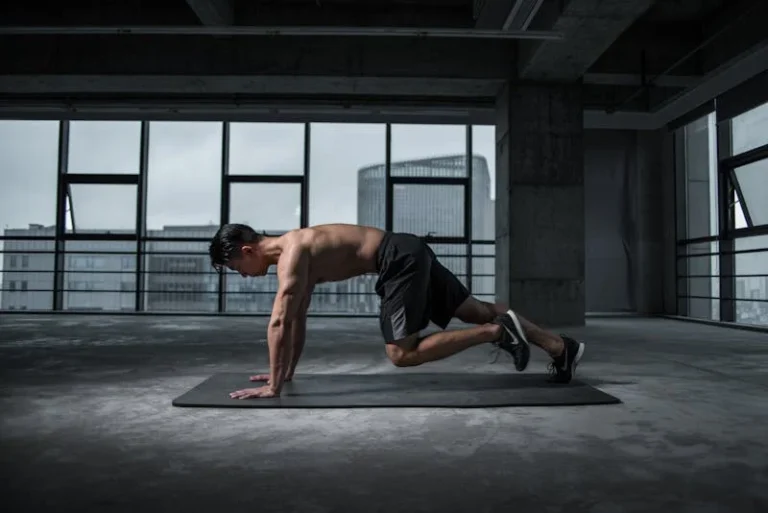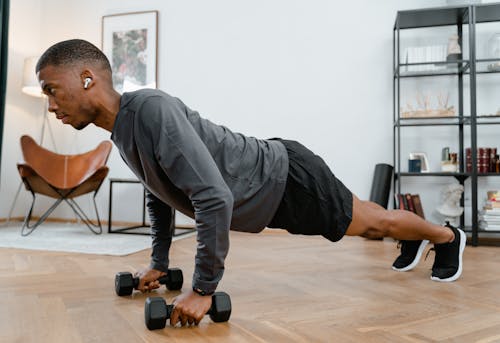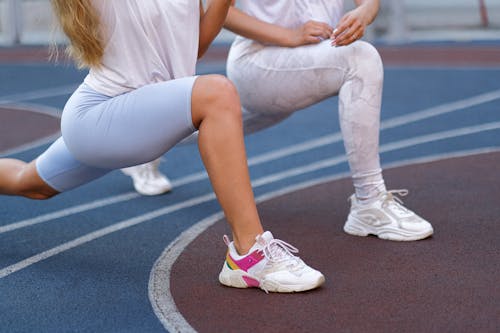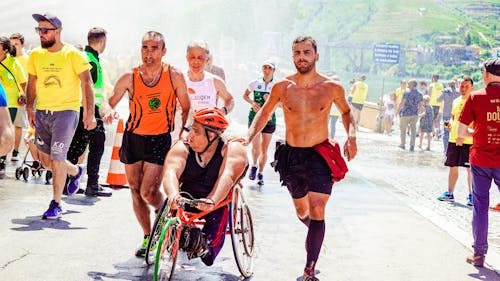This post contains affiliate links, meaning that I may receive compensation if you make a purchase through these links. As an Amazon Associate, I earn from qualifying purchases. This compensation does not influence the content, or recommendations provided. The opinions expressed are my own, and I strive to provide honest and unbiased information.
Full Body vs. Targeted Exercise: A Guide to Getting Fit
Are you ready to transform your fitness routine but unsure whether to choose full body exercises or targeted workouts? You’re not alone! Picking the right approach can make a huge difference in achieving your fitness goals. Whether you’re aiming to lose weight, build strength, or improve overall health, this guide will break it all down for you. We’ll compare full body versus targeted exercises, discuss the best tools to make your workouts even more effective, and highlight some trending fitness products you’ll want to grab today. Let’s dive in!
What’s the Difference? Full Body vs. Targeted Exercise
The biggest question for most beginners is: should I focus on my entire body or work on specific areas? Full body exercises involve movements that engage multiple muscle groups at the same time. Think of squats, burpees, or push-ups—they get your heart pumping while toning different parts of your body simultaneously.
On the other hand, targeted exercises isolate specific muscles or areas. For example, bicep curls focus only on your arms, while leg presses zero in on your lower body. Both methods are effective, but which one you choose depends on your fitness goals.
For people looking for quick results, full body workouts are often the better choice. They burn more calories, save time, and improve coordination. However, targeted exercises are perfect if you’re trying to shape specific areas, like toning your abs or sculpting your arms.
Benefits of Full Body Workouts
Full body workouts are all the rage, and for good reason! They’re efficient and can fit into any busy schedule. Here are some key benefits:
1. Burns More Calories: When you engage multiple muscle groups, your body works harder, torching more calories in less time.
2. Boosts Heart Health: Many full body exercises double as cardio, improving your cardiovascular system.
3. Builds Functional Strength: Movements like lunges and deadlifts mimic real-life activities, helping you perform daily tasks better.
4. Saves Time: You can complete a full body workout in 20–30 minutes, making it perfect for busy people.
Trending products to enhance your full body workouts include resistance bands, weighted jump ropes, and adjustable dumbbells. These tools add variety and challenge to your routine, helping you reach your goals faster.
Why Choose Targeted Exercises?
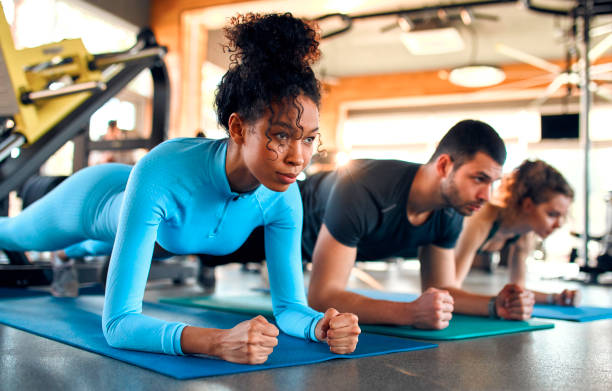
Sometimes, you just want to focus on one area of your body. That’s where targeted exercises shine! These workouts let you focus on specific muscles to improve their size, strength, or endurance.
For instance, if you dream of chiseled abs, planks and Russian twists are your go-to. Want killer legs? Leg extensions and calf raises are perfect. Targeted exercises are also great for injury recovery or muscle imbalances, as they allow you to strengthen weak areas without overloading others.
To amplify your targeted exercises, consider equipment like ankle weights, resistance loops, or ab rollers. These tools help you isolate muscles more effectively and make your workouts more exciting.
Full Body vs. Targeted Exercise: Which Is Right for You?
Here’s a secret: you don’t have to choose one over the other. Mixing full body and targeted exercises often gives the best results. For example, you can start your week with a full body workout to boost calorie burn and end with targeted exercises to fine-tune specific muscles.
Beginners might want to lean more towards full body routines. They’re simpler to learn and provide a solid foundation. As you progress, adding targeted exercises helps balance your routine and prevent plateaus.
If you’re still unsure, try experimenting with popular full body movements like kettlebell swings and deadlifts, then balance them out with targeted moves like triceps dips or shoulder presses.
Must-Have Fitness Products for Your Workouts
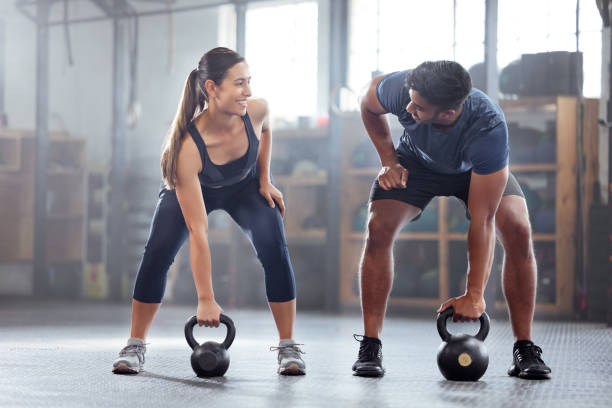
Looking to upgrade your fitness routine? Check out these trending products that are a hit among fitness enthusiasts:
1. Adjustable Kettlebells: Great for full body movements like swings and squats. They’re compact and versatile.
2. Ab Roller Wheel: Perfect for sculpting a strong core and improving balance.
3. Weighted Hula Hoops: Make your workouts fun while toning your waist and improving flexibility.
4. Push-Up Bars: Take your push-ups to the next level with better grip and form.
5. Foldable Yoga Mats: Lightweight and durable, these mats are essential for both full body and targeted exercises.
6. Ankle Weights: Add resistance to leg lifts, kickbacks, and more.
7. Compact Ellipticals: Perfect for low-impact cardio sessions at home.
Each of these tools complements your workout, making exercises more enjoyable and effective. Plus, they’re easy to store, which is perfect for small spaces.
Tips for Staying Motivated
Staying consistent with your fitness routine can be tough, but these tips will keep you on track:
– Set Clear Goals: Decide what you want—weight loss, strength, or endurance. This helps you focus.
– Track Progress: Use a fitness tracker or app to measure improvements.
– Switch Things Up: Alternate between full body and targeted exercises to keep boredom away.
– Reward Yourself: Celebrate milestones with a new piece of gear or outfit.
– Join a community: Online workout groups can boost accountability and motivation.
Final Thoughts: Full Body vs. Targeted Exercise
When it comes to full body vs. targeted exercise, there’s no one-size-fits-all answer. Full body workouts are great for efficiency and calorie burn, while targeted exercises let you focus on specific areas. The best approach is to combine both, tailoring your routine to match your fitness goals.
Don’t forget to invest in high-quality gear to elevate your workouts. Whether it’s a kettlebell for full body moves or an ab roller for core isolation, having the right tools can make all the difference. So, what are you waiting for? Start your fitness journey today and discover the amazing benefits of both full body and targeted exercises!
